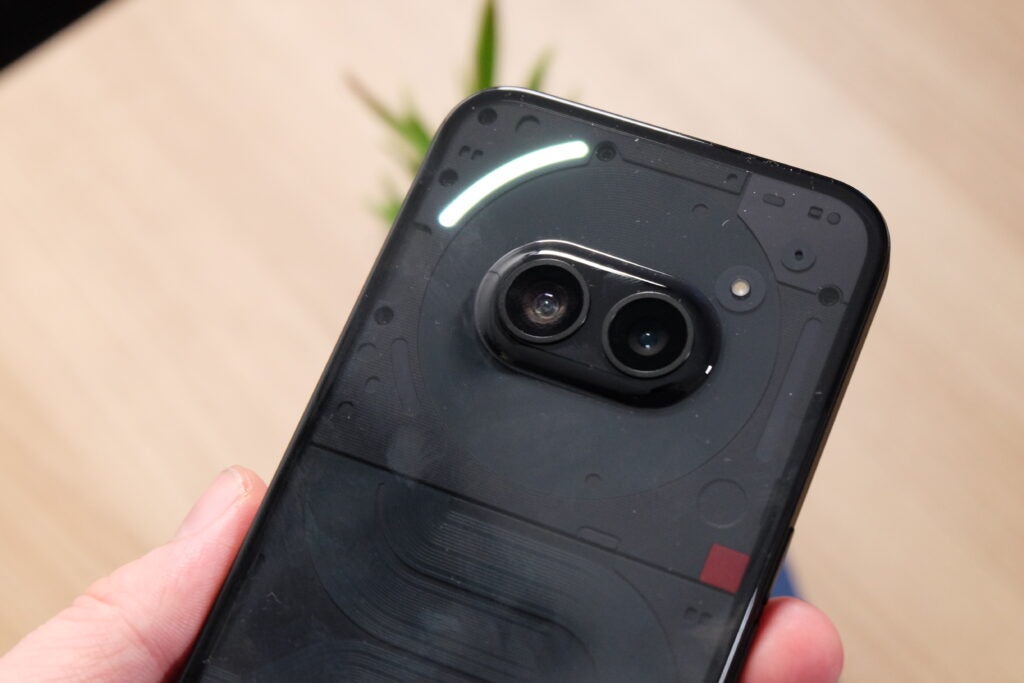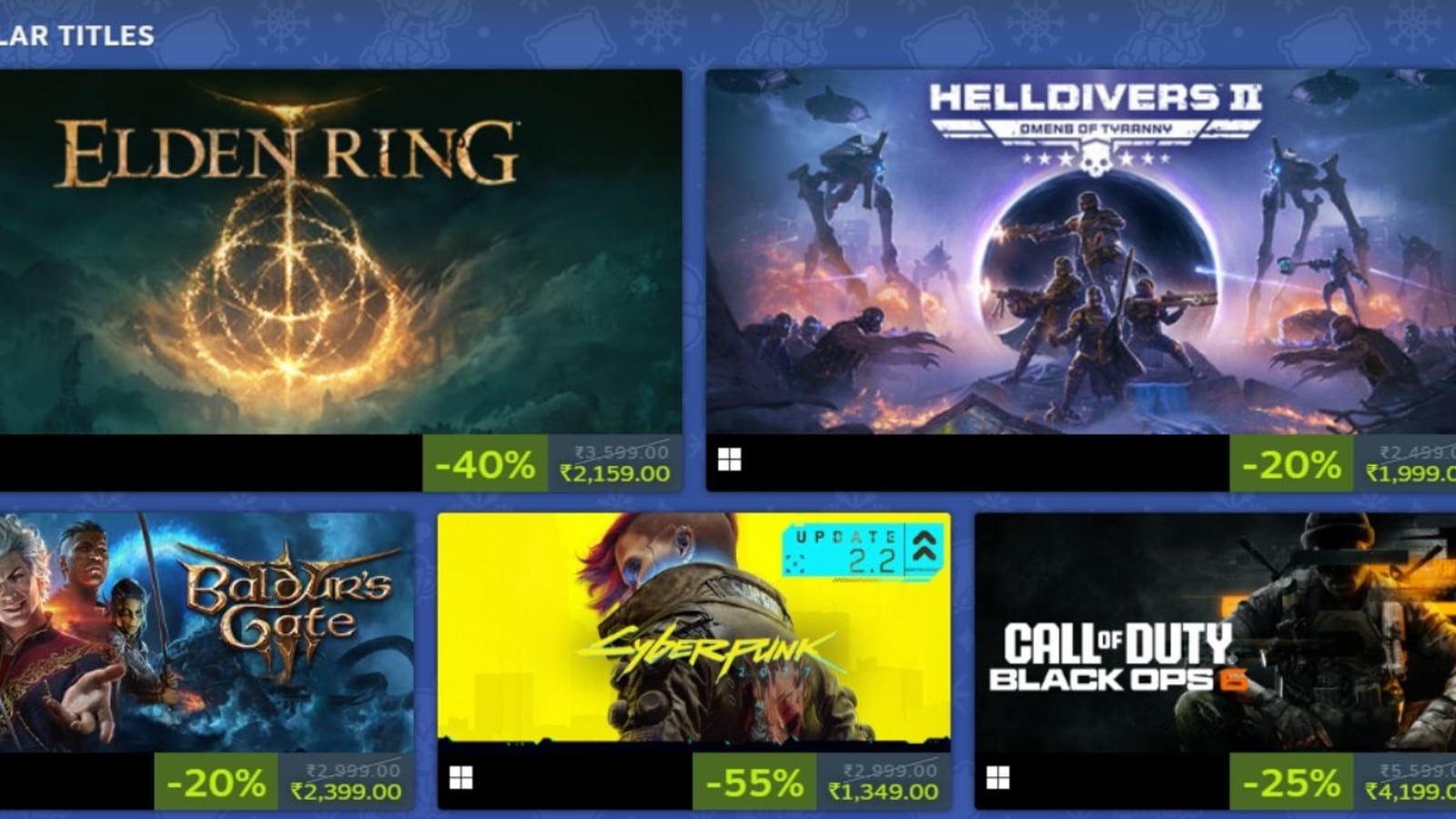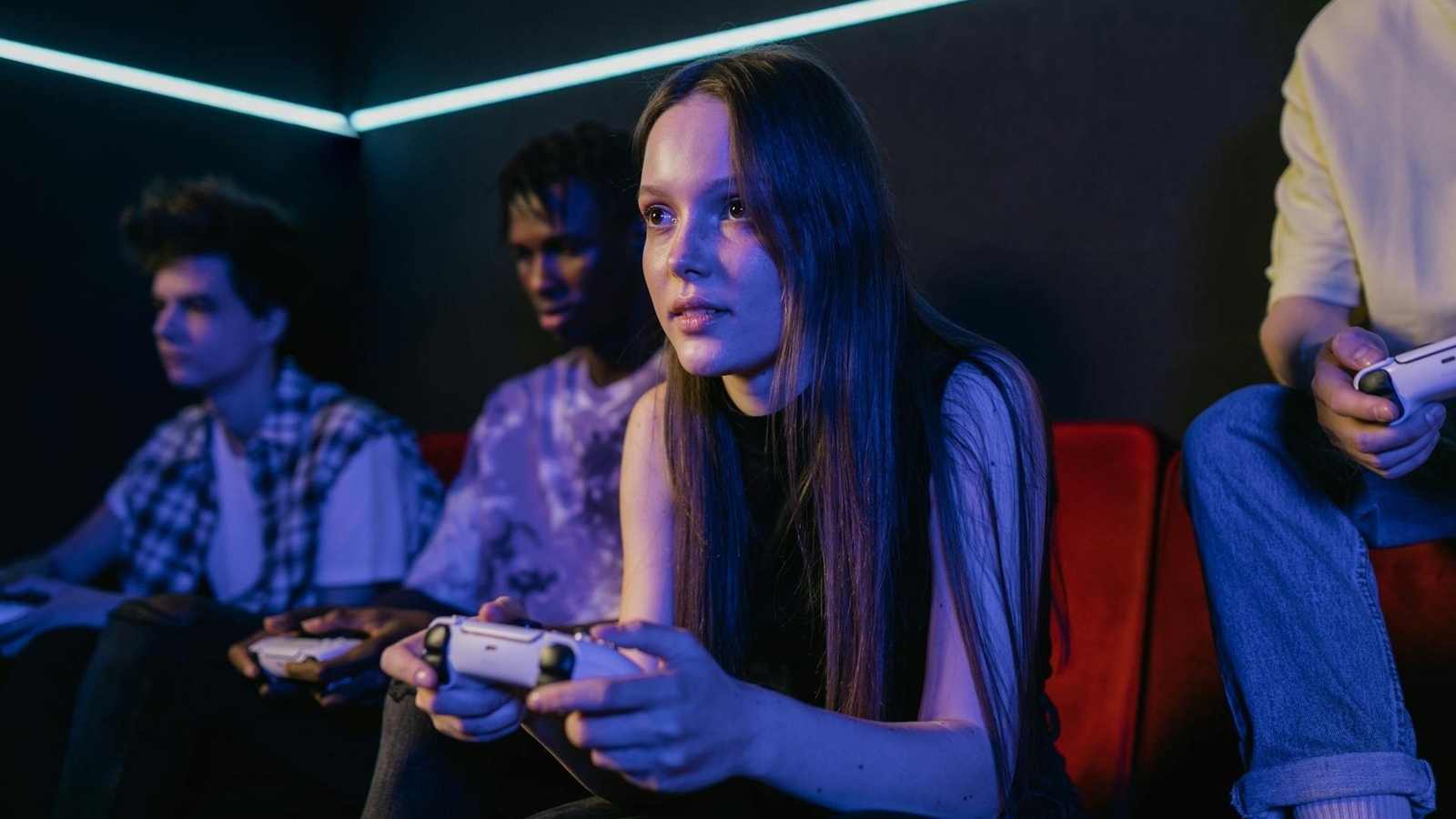First Impressions
With a starting price of £319, the Nothing Phone (2a) makes a strong first impression. I am glad Nothing has stuck to its core design values here, and not ditched features like the Glyph interface.
-
Speedy performanceMediaTek 7200 Pro chip offers faster performance than the Nothing Phone 1 -
Big batteryHefty 5000mAh battery and fast 45w charging -
Unique designGlyth interface and transparent design give it a unique look
Introduction
Nothing has long been rumoured to be working on a more affordable smartphone, and it’s finally here with the Nothing Phone (2a).
Sitting alongside the Nothing Phone (2), the Phone (2a) retains the visual identity the brand has become known for – while cutting this price down to as low as £319 for the entry-level version.
There have certainly been some corners cut to reach that lower price, notably in the overall build, but there’s undeniable value to be had here. I’ve spent a few days putting the Nothing Phone (2a) through its paces and even though it’s not long enough to give it a definitive score, here are my early impressions.
Screen and Design
- Glyph lights on the back
- Black and white colour choices
- Really nice 120Hz screen
There was online chatter ahead of Nothing showcasing the final design of the phone at MWC 2024 that the Glyph system of rear lights that made the first two smartphones from the Nothing brand so distinct was to be ditched for this budget offering. Thankfully, that isn’t the case.
There have, however, been compromises. The Glyph system included on the Phone (2a) features just three lights situated around the centralised camera system, rather than 10 on the Nothing Phone (2). It certainly makes the effect far less obvious, even if the functionality is very much the same.

These LED lights shine through because the rear of the device is still clear, with a smattering of internal components always visible. I really appreciate the retro style this transparent look brings and it helps the Nothing Phone (2a) stand out against far duller-looking devices at this price point.
Ditching both the Glyph interface and the transparent case would have been a huge mistake for a brand that highlights both of these as key features of its smartphone range.
Elsewhere, the Nothing Phone (2a) does feel like a device that is sitting at the lower end of the market. There’s a strong feeling of plastic everywhere, from the flat sides to the back. There is some aluminium used in the construction – 100% of which is recycled, according to Nothing – but there’s no reassuring cold touch of metal here when you’re holding the phone. It does at least ensure the Nothing Phone (2a) is very light for its size, at just 190g.
The 6.7-inch 1084 x 2412 screen, on the other hand, impressed me a lot. The AMOLED panel is colourful, can hit 1300 nits of peak brightness and tends to linger around 700 nits in everyday use. It can also move between 30, 60 and 120Hz – a feature you won’t even find on the iPhone 15.

Specs and Features
- MediaTek chip, 8 or 12GB RAM
- Big 5000mAh battery
- Two rear 50MP cameras
The Glyph system remains the standout feature on a Nothing Phone, turning everything from basic notifications to music coming from the speaker into a light show on the Phone (2a)’s rear. Some will dismiss it as a gimmick, but I think it’s fun – and more phones need to be fun.
As for whether it’s useful or not, I am less convinced. Features like being able to have a timer running down inside a light on the back of the phone is a great idea in practice, yet the fact that it needs to be configured through the Glyph settings, rather than the clock app, meant I tended to just forget it was there.

Having the lights respond to notifications is also only of use for those who place their phone screen down on a surface, something I wouldn’t tend to do.
Powering the Nothing Phone (2a) is a MediaTek Dimensity 7200 Pro chipset. Nothing claims this offers a 13% performance boost over the original Nothing Phone 1 and a 16% improvement in efficiency. RAM sits at 6 or 8GB, and can be supplemented with RAM booster software feature. There’s also either 128GB or 256GB of onboard storage.
The Phone (2a) contains the largest battery on any Nothing smartphone to date with a 5000mAh cell. Pair that with the 1080p screen that can drop to 30Hz and things are looking good for endurance – but our verdict on that will come with our full review once all the testing has been completed. There’s 45w charging too – the same as the Nothing Phone (2) – although as there’s no charger in the box as fast one will need to be provided. There’s no wireless charging either.
I really like the way Nothing has centralised the cameras, placing them inside the visible NFC coil on the back of the phone.
I also like how we’re not saddled with extra macro sensors – looking at you OnePlus 12R – just to bulk things out. Instead, there are just two cameras: a 50MP main sensor with an f/1.88 lens plus OIS and a 50MP ultra-wide with an f/2.2 lens. Both of these support 4K shooting at 30fps and 1080p at 60fps. There’s also a 32MP camera on the front.

I’ve only spent a short while shooting with the camera and first impressions are good – although I will need a lot longer with it to make a final verdict. Colours are nicely reproduced and even low light performance is strong for a phone of this price.
Nothing has clearly worked to ensure the software design matches the look of the phone and it has done a good job. Nothing OS 2.5 has a minimalist look with a focus on widgets and starkly simple icons. It looks great, and again very different from the competition. There’s also a promise of three years of Android updates and four years of security updates – not class-leading, but more than you’ll often see at this price.
Early Verdict
With a starting price of £319, the Nothing Phone (2a) makes a strong first impression. I am glad Nothing has stuck to its core design values here, and not ditched features like the Gylph interface. Phones at this price can often all feel the same, and it’s smart of Nothing to use design as a key differentiating factor.
I am impressed by the screen too, and there looks to be plenty of power on tap with enough battery for a busy day. I’ll need more time for the full review, but this could be one of the best cheap phones in 2024.

























